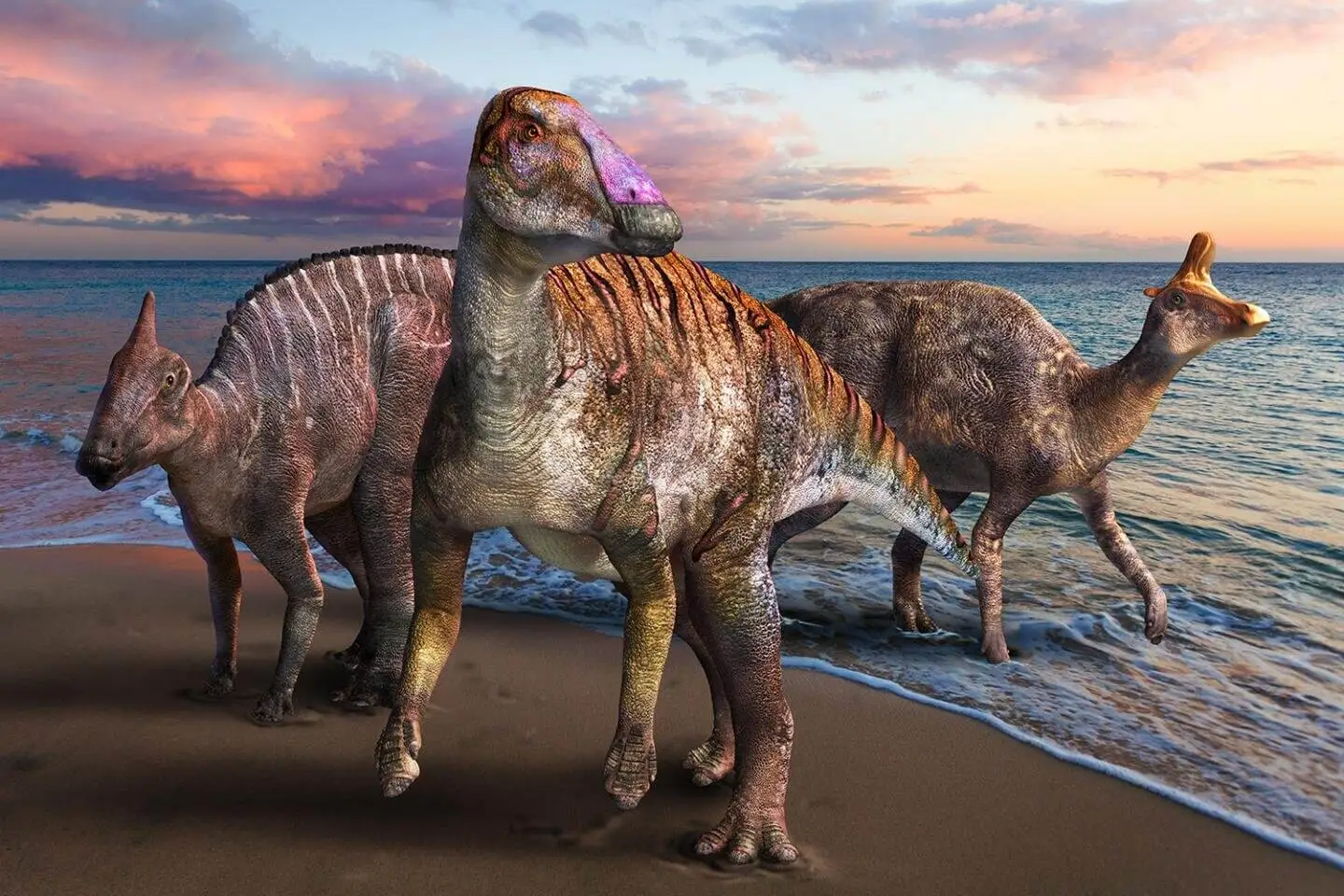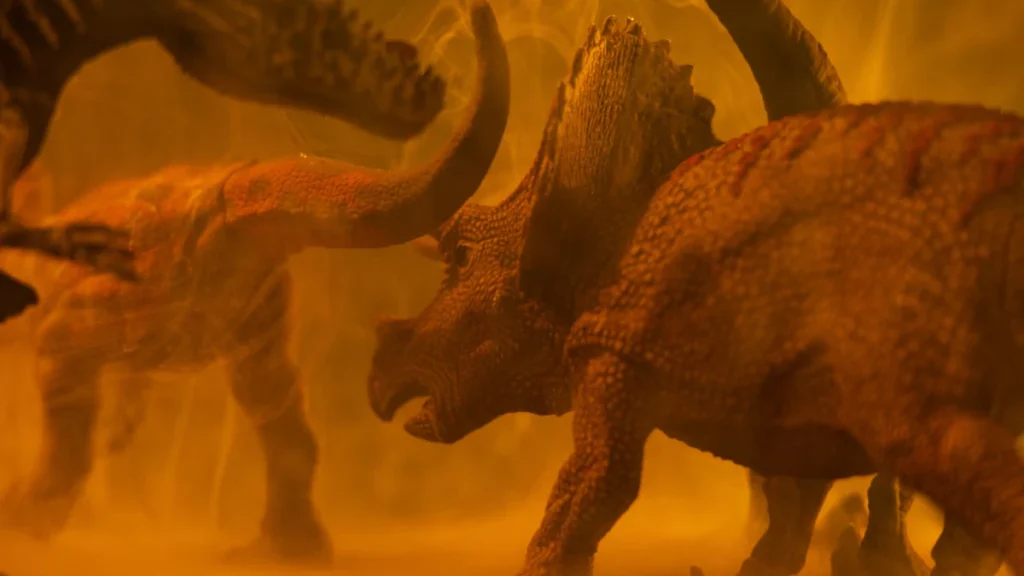Meet Coahuilasaurus lipani: A Duck-Billed Dinosaur with a Unique Snout Found in Mexico
A newly identified species of duck-billed dinosaur, Coahuilasaurus lipani, has recently been discovered in Mexico, drawing attention from paleontologists and enthusiasts alike. This unique dinosaur, characterized by its notably large snout, provides valuable insights into the diversity of dinosaur species and their adaptations during the late Cretaceous period. The discovery of C. lipani not only adds to our understanding of these fascinating creatures but also highlights the ecological dynamics of prehistoric Mexico.
Unearthing the Fossil of Coahuilasaurus lipani
The fossil that led to the identification of Coahuilasaurus lipani was originally excavated in the 1980s in the Parras Basin region of Mexico. At the time, paleontologists misidentified the fossil, attributing it to a different genus. However, recent studies employing advanced analytical techniques have reclassified the fossil as a new species, revealing its unique characteristics. The dinosaur is named after the Coahuila region, where it was found, and the Lipani Apache tribe, acknowledging the cultural significance of the area.
Distinctive Features of Coahuilasaurus lipani
One of the most striking features of C. lipani is its oversized snout, which sets it apart from other duck-billed dinosaurs. This adaptation is not merely for show; it plays a crucial role in the dinosaur’s feeding habits. The larger snout likely provided an advantage in foraging for food, allowing C. lipani to reach vegetation that was otherwise inaccessible to other species. This characteristic could indicate that it occupied a unique ecological niche within its environment.
Adapted for Tough Plants
What truly distinguishes C. lipani from its relatives is the presence of tooth-like projections located on the roof of its mouth. These structures suggest a dietary adaptation suited for consuming rough and fibrous plants, such as palm trees. This specialized diet implies that C. lipani was capable of processing tougher vegetation, enabling it to thrive in the tropical conditions prevalent in late Cretaceous Mexico, approximately 73 million years ago. Such adaptations are essential for understanding how dinosaurs interacted with their ecosystems.
Ecological Implications
The discovery of Coahuilasaurus lipani also sheds light on the ecological conditions of its time. By analyzing the type of vegetation available in the region, researchers can infer the climatic conditions that prevailed during the late Cretaceous period. The existence of dinosaurs like C. lipani suggests a rich and diverse flora that could support large herbivorous species. This, in turn, influences our understanding of the food chains and ecological interactions in prehistoric ecosystems.
Significance of the Discovery
The identification of C. lipani marks a significant advancement in our understanding of dinosaur diversity and evolution. It illustrates how continued research and technological advancements can lead to the re-evaluation of previously collected fossils. Each new discovery adds a piece to the puzzle of dinosaur history, enhancing our comprehension of how these magnificent creatures adapted to their environments.
Looking Ahead
As paleontologists continue to explore the Parras Basin and other regions, it is likely that more discoveries will be made, leading to a deeper understanding of the evolutionary history of dinosaurs. The case of Coahuilasaurus lipani serves as a reminder of the importance of ongoing research in paleontology. Each fossil unearthed not only tells a story of the past but also enriches our knowledge of the planet’s biological heritage



















